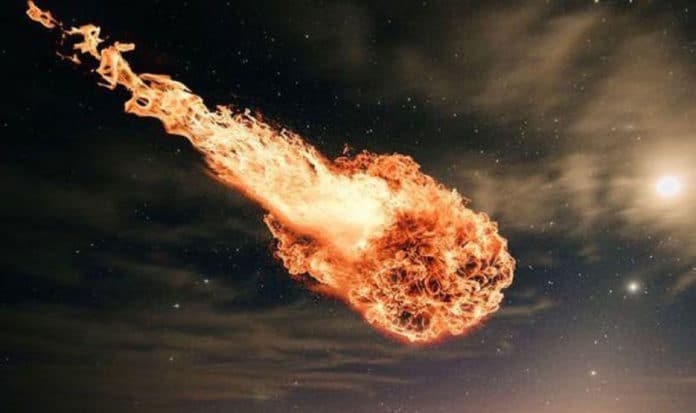Spotting and tracking large asteroids is easy, but scientists have a weak spot when it comes to detecting smaller asteroids.
On June 22, a lightning detector on an NOAA weather satellite detected something that wasn’t lightning. NASA scientists identified and found that it was an asteroid. Now designated 2019 MO, the asteroid was only about 16 feet (5 meters) in size, exploded in the atmosphere in a bright flash.
When first spotted, 2019 MO was about 310,000 miles (500,000 kilometers) from Earth – farther out than the orbit of our Moon. This was roughly the equivalent of spotting something the size of a gnat from a distance of 310 miles (500 kilometers).

The bright flash of an asteroid impacting Earth’s atmosphere was detected over the Caribbean Sea. If it had been bigger, the object could have caused some severe damage, and we would have no warning of an imminent impact.
Davide Farnocchia, a scientist at the Nasa Center for Near Earth Object Studies, said, “Asteroids this size are far smaller than what we’re tasked to track. They’re so small; they would not survive to pass through our atmosphere to cause damage to Earth’s surface. But this event shows how capable our search programs are, even for objects of such small sizes.”
